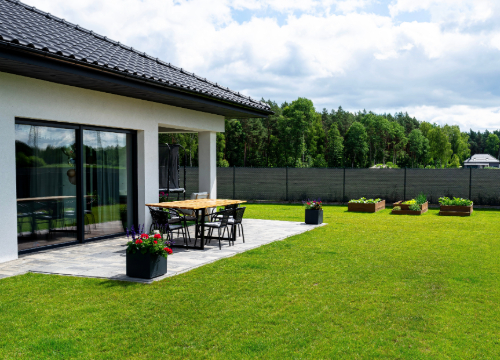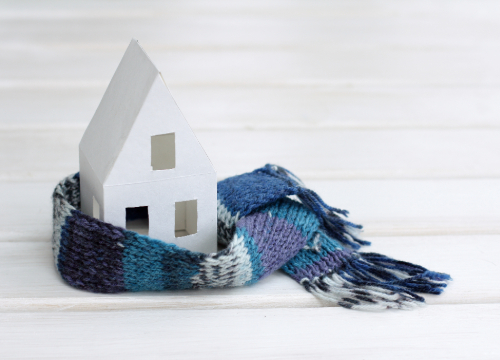Historically in New Zealand, to get a home burglar alarm you called one of the big security companies and they sent someone around to design a system for you and provide a quote.
Usually you didn’t have to buy the equipment from them, it remained theirs. However, you did have to sign up to a long-term contract, so you effectively paid off the equipment over time. If you decided to go ahead, they’d come and install the system for you.
The components were hard-wired together, so this typically involved drilling holes and running cables through your attic. If there was a fault later on, you’d pay for a technician from the company to come and fix it, but you didn’t have to pay to replace any faulty equipment they owned, provided you were still under contract.
Today things are very different. New DIY home security systems have flooded the market. You can buy the components you want either online or in home electronics stores. Some are battery powered, while others need an electrical connection. They communicate wirelessly via Wi-Fi or radio signals and if you have a home internet connection they can communicate with your smartphone wherever you are.
These systems come with easy step-by-step instructions for setting everything up and an app so you can monitor and control things from your smartphone. Because they’re wireless the set up really is a breeze, particularly with the battery-powered models.
The main differences between DIY security systems
Some of the DIY home security systems have a central hub that handles wireless connections to the various components and your home internet network. There are wall-mounted and benchtop models to choose from, as well as small pods that sit discretely in your home.
The larger hubs have a screen that makes it easy to control things or to see what your security cameras are picking up. Some of the hubs can also control other smart home components like lights, power points and heating systems. This means you can have the lights turn on when an alarm is activated, or automatically turn your heating off when you arm the system and leave the house. If you want a company to monitor your home security system for you, you can choose models that connect with them via one of the cell phone networks.
The other main type of home security system includes everything in each device, such as a camera. So there’s no central hub. Instead the device communicates directly through your home Wi-Fi network to the internet and your smartphone. This lets you start your home security system with just one low-cost component and build it over time with more devices if you want to.
Like most smart home systems, many DIY security models can be operated using voice commands through something like Google Assistant or Amazon’s Alexa.
Choosing a DIY security devices for your home
Another big difference between DIY home security brands can be the range of components they offer. It’s important to think about the sensors, cameras and other devices you might need, now and in the future. Here’s a quick summary of what’s available.
Video doorbells - Let’s start with one of the more recent devices, which have become very popular in a short time. As the name suggests they have a tiny video camera built into what looks like a standard door bell. The camera starts recording when motion is detected or the bell is pushed. It will send an alert to your phone through Wi-Fi and the internet, so you can see what is happening live; whether you’re at home or out-and-about. Some models include a microphone and a speaker so you can communicate via your phone with whoever is there. This feature has all sorts of uses from welcoming your children home after school to telling someone the police are on their way. The footage can also be stored on a memory card or with an internet cloud storage provider. This lets you review what has been happening at your home or share the images with police.
Security cameras - Video and image capture cameras allow you to see exactly what’s going on inside or outside your home. They vary in price depending on the daytime and night vision image quality. You can connect with through your smartphone them whenever you want, to check on your pet or teenagers. They can also be set to send you an alert if motion is detected when your system is armed. These DIY home security cameras a great way to quickly distinguish between a false alarm, an expected event like someone coming home, or a real emergency. Just like the video door bells, you can store the footage or images for later review, and there are models with microphones and speakers.
Motion sensors - A cheaper and more traditional option, motion sensors are now typically used to increase security coverage without having to buy too many cameras. The idea being that you still receive an alert to your smartphone and hopefully one of your cameras will eventually show you what is happening, if it hasn’t already done so. These were the main sensors used in the older professionally hard-wired home security systems.
The main type of motion sensor detects moving body heat and is less likely to create false alarms. They’re known as PIR (passive infra-red) sensors. There are models that can be adjusted so they won’t detect small bodies, such as cats. In areas of high heat change, such as direct sunlight, it might be necessary to use the other type, which uses microwaves to detect movement, but things like moving curtains can set these off. You can also get sensors that combine both methods for more accuracy, requiring heat and motion detection before activating.
Window and door sensors - These cheap security sensors can let you know if you’ve left a window or door open when arming your system, or whenever one is opened while you’re out. Burglars often break a pane of glass then reach in to open a window or door, so these can provide economical early detection.
Other DIY security system components - Smoke detectors and carbon monoxide detectors can alert you to a fire. You can also get components that detect breaking glass. To help scare off intruders, you can add a siren to your system and there are even push-button arm/disarm controllers for your key ring.
Protect your home and most prized possession with contents insurance.
You might also like...
-
 December 2024Lifestyle Blog | State Insurance
December 2024Lifestyle Blog | State InsuranceSurviving the holidays
-
 September 2024Lifestyle Blog | State Insurance
September 2024Lifestyle Blog | State InsuranceSpring prep your home and garden.
-
 June 2024Lifestyle Blog | State Insurance
June 2024Lifestyle Blog | State InsurancePreparing your home for winter
